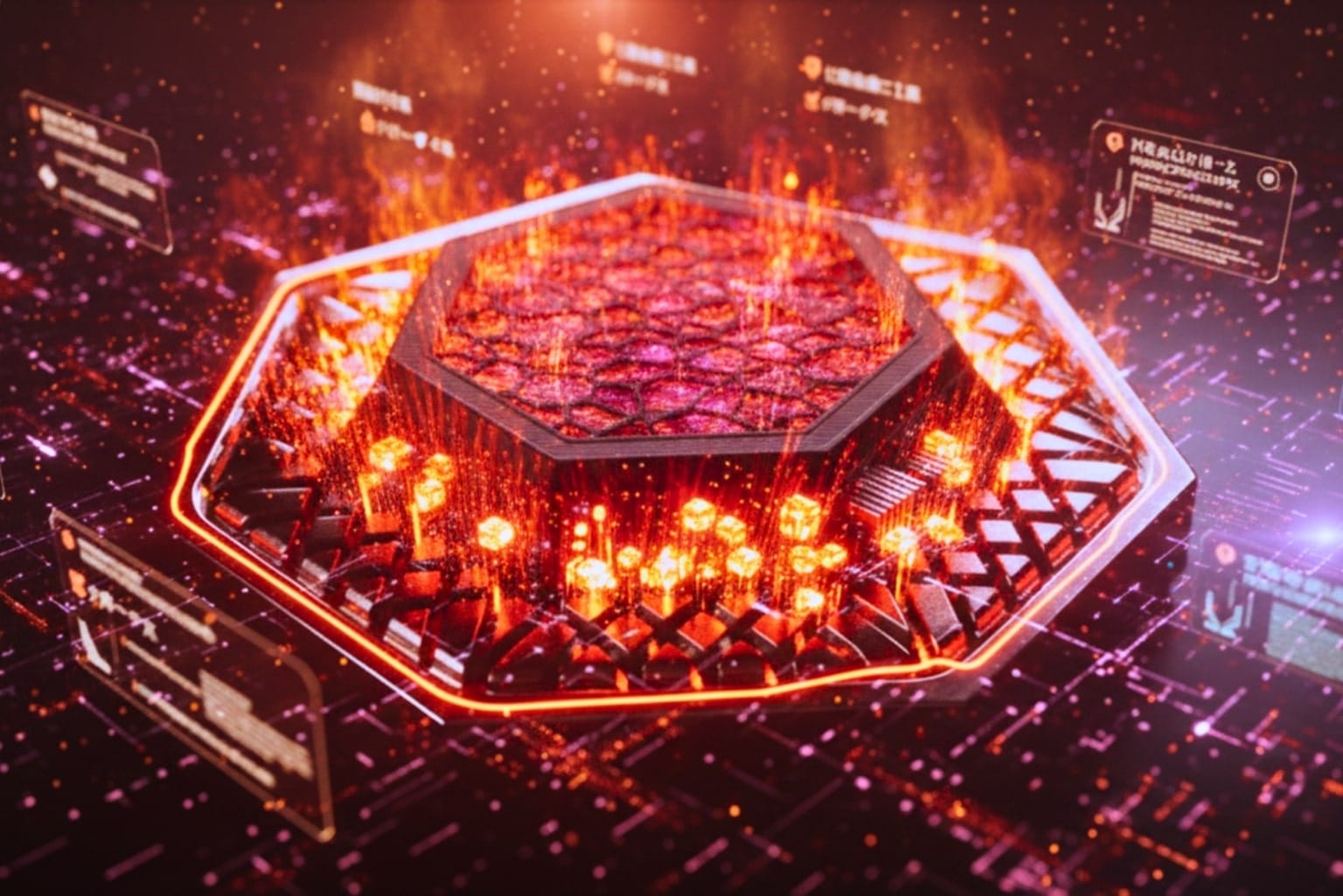What if science could move not at the speed of human deliberation, but at the speed of computation?
That's exactly what FutureHouse is aiming to unlock. Based in San Francisco, this nonprofit research institute is engineering a bold transformation: the automation of scientific discovery through powerful AI agents. Their platform, officially launched on May 1, 2025 (FutureHouse.org), introduces not only a groundbreaking ecosystem of intelligent research tools—but a new way of thinking about the future of knowledge itself.
This article explores the launch of the FutureHouse platform, its autonomous agents, and the game-changing Robin system that autonomously discovered a treatment candidate for dry age-related macular degeneration (dAMD).
Inside the FutureHouse Platform
FutureHouse's mission is clear: scale scientific progress by augmenting—and in some cases replacing—traditional research methods with intelligent agents. Their AI platform offers access to:
- Crow: For literature search and question-answering
- Falcon: For rigorous source checking
- Owl: For identifying relevant past work
- Phoenix: For experimental design in chemistry
- Finch: For biological data-driven discoveries
Available via web and API, these agents work individually and collaboratively, making science more reproducible, scalable, and radically faster (MIT News).
"We’re not just building tools. We’re redesigning how science gets done." – FutureHouse Mission Statement
Robin: A Scientific Agent System in Action
Robin is FutureHouse’s flagship multi-agent system. In a live demonstration, Robin autonomously proposed, tested, and validated a new therapeutic candidate: Ripasudil for dAMD (FutureHouse.org).
The workflow unfolded as follows:
- Hypothesis Generation: Crow and Owl surveyed literature to form the hypothesis that improving phagocytosis in RPE cells could treat dAMD.
- Initial Screening: Finch suggested ROCK inhibitors based on known biology; Y‑27632 showed promise.
- Mechanism Discovery: RNA‑seq data, analyzed by Phoenix, revealed upregulation of the ABCA1 gene.
- Candidate Proposal: Robin identified Ripasudil as a potent, known ROCK inhibitor and proposed it.
- Validation: Human researchers confirmed efficacy in the lab—within just 2.5 months from start to finish.
This wasn't just theoretical—it led to a preprint submission and full release of data, code, and agent logs under open license (GitHub).
BixBench: Benchmarking AI for Bioinformatics
To ensure transparent and measurable progress, FutureHouse introduced BixBench, an open-source benchmark suite for evaluating bioinformatics agents. With clear task divisions, datasets, and community collaboration, it sets the stage for a new era of agent accountability.
- GitHub Repositories:
aio(agent architecture),bixbench, and Robin’s orchestrator. - Tasks span hypothesis ranking, drug-target interaction predictions, and more.
Benchmarks like BixBench are critical to building trust in autonomous systems—especially when they're involved in life sciences.
The Vision, the Questions, the Future
FutureHouse is more than a tech platform. It's a vision of how human curiosity, machine intelligence, and open science can converge to solve problems we can't yet imagine.
Can AI design experiments better than scientists? Can it understand uncertainty and causality? FutureHouse is betting yes.
They’ve made their bets public: open source, open benchmarks, and public case studies. With funding from figures like Eric Schmidt and media coverage from MIT News and TechCrunch, the world is now watching.
The early signs are clear—when AI agents are designed for purpose, rigor, and openness, they don't just support science. They do science.
What This Means for You
Whether you're a researcher, engineer, or simply curious about where knowledge is headed, FutureHouse's work signals a massive shift. It challenges long-held assumptions about who—or what—gets to explore scientific frontiers.
And it invites you to be part of that journey.







